Coffee Harvesting: When and How is Coffee Harvested?
Coffee, often referred to as the 'elixir of life' for many, graces our morning routines and fuels our days. The journey of this loved beverage from the coffee plant to our cups is a fascinating one, steeped in tradition and nuanced processes. One integral part of this journey is the coffee harvest, critical phase that largely determines the taste and quality of the final product. Understanding when and how coffee is harvested not only delights the coffee connoisseur’s intellect; it’s also vital for any aspiring coffee grower.
The Ideal Climate for Coffee Cultivation
Coffee thrives in a consistent climate with temperatures lingering between 18 to 25 degrees Celsius. Predominantly, coffee plantations prosper in warm places - the country contributing a lion's share of 34% is Brazil, followed by Vietnam with 14%, Indonesia with 7%, and Colombia with 6%. Ethiopia, India, Honduras, Mexico, Peru, and Guatemala are milestones on the coffee cultivation map, contributing from 5% to 2% respectively.
Understanding the Coffee Harvesting Season
A coffee shrub commences its fruit-bearing phase 3 to 4 years post-planting. The dynamic coffee harvesting season spans over an extensive time frame, generally lasting 10 to 12 weeks, depending upon the geographical location of the plantation. Interestingly, most coffee cherries are harvested between the 6th and 8th weeks of this period.
Plantations positioned above the equator mostly have a harvesting season September to December. Conversely, coffee cultivation cells situated in the Southern hemisphere see a burst of harvesting activity from May through August. It's also intriguing to note that in areas adjacent to the equator, coffee might be harvested twice a year.
Techniques Employed in Coffee Harvesting
Three prominent methods have come to the forefront when it comes to harvesting coffee cherries - the Picking Method, Stripping Method, and the Machine Harvesting Method.
The Picking Method
This traditional harvesting technique of coffee is deemed labor-intensive and somewhat expensive. Here, each coffee cherry is meticulously handpicked by the laborers, ensuring only the matured, ripe fruit is chosen for further processing. Green, under-developed cherries are left on the shrubs for further maturation. As a result, the Picking Method guarantees a high standard of quality as only cherries at the same stage of maturity get processed.
The Stripping Method
Another hand harvesting method practiced frequently is the Stripping Method. As opposed to the Picking Method, this practice involves gathering all cherries - ripe and unripe - in a single sweeping motion. The cherries then land on laid out on clo on the ground. The Stripping Method is less expensive and faster but comes with a significant drawback— low-quality yield. In areas like Brazil, up to 25% of the harvested cherries need to be discarded due to their immaturity.
Machine Harvesting Method
In specific regions that possess a certain degree of flatness, coffee harvesting is conducted by employing hefty harvesting machinery. In this method akin to the Stripping Method, all cherries, regardless of their development stage, are extracted from the coffee shrubs. However, due to the size of the machinery used, this method can only be utilized in flat, even terrains, making this type of harvest popular in Brazilian regions.
Tying It Together: The Impact of Harvesting Methods on Coffee Quality
Although each method has its pros and cons, ultimately, the chosen method profoundly influences the taste, aroma, and overall quality of the coffee. The Picking Method, though laborious and costly, assures a high standard as it focuses on harvesting only the ripe cherries. On the contrary, both the Stripping Method and the Machine Harvesting Method, while more cost-effective and less time-consuming, don't promise the same quality level due to the mix of ripe and under-ripe cherries.
In conclusion, the art of harvesting coffee is akin to choreographed precision - knowing just when to pluck the cherries and how to execute it without compromising the fruit's integrity or maturity. It's a dance between man and nature that results in a wonderful cup of coffee, offering a multi-sensorial experience that's unparalleled. The time you sip on your steaming cup of brew, remember the labor of love that has gone into harvesting every single coffee cherry. And perhaps, the careful handpicking of the cherries will make your next cup of coffee just that little bit sweeter.

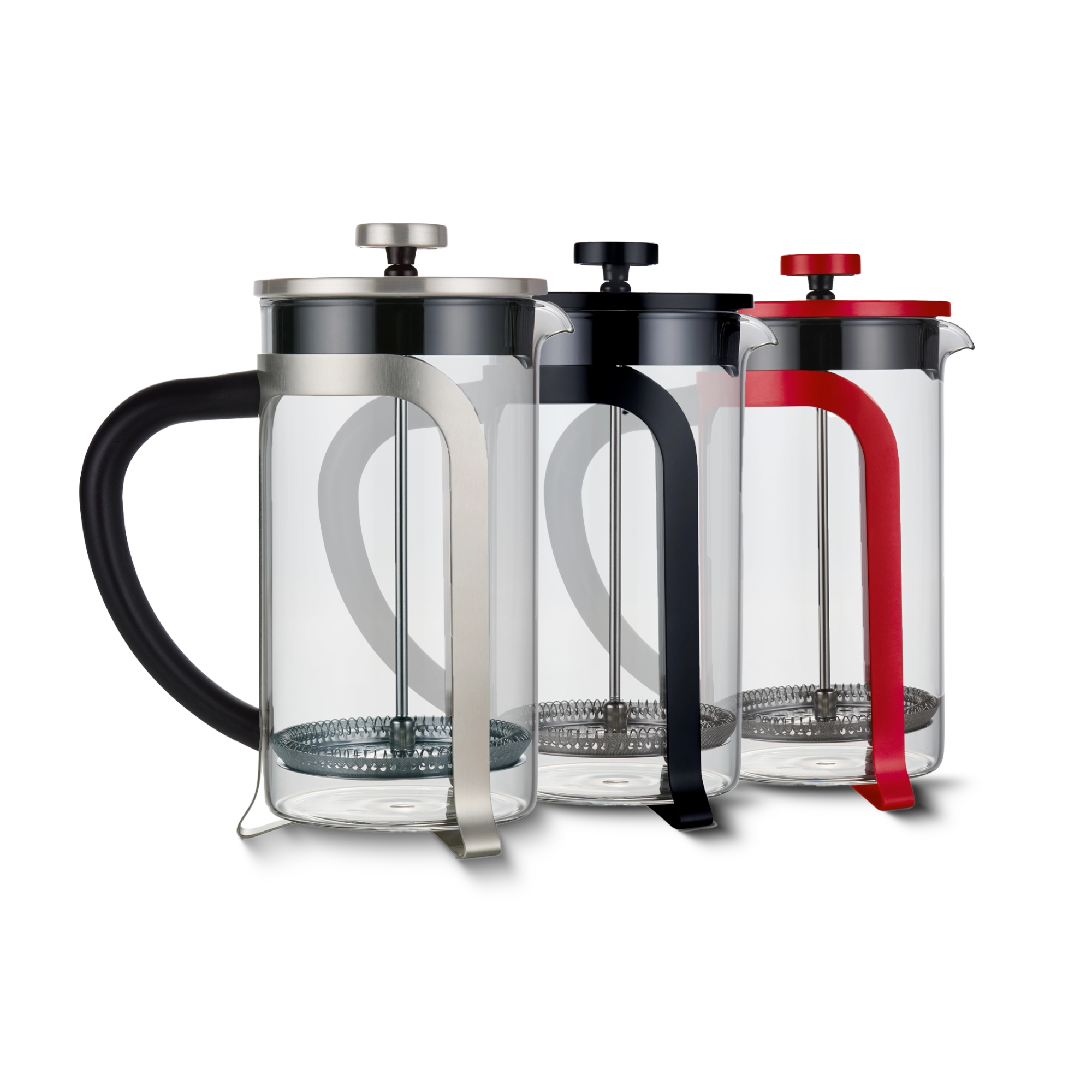
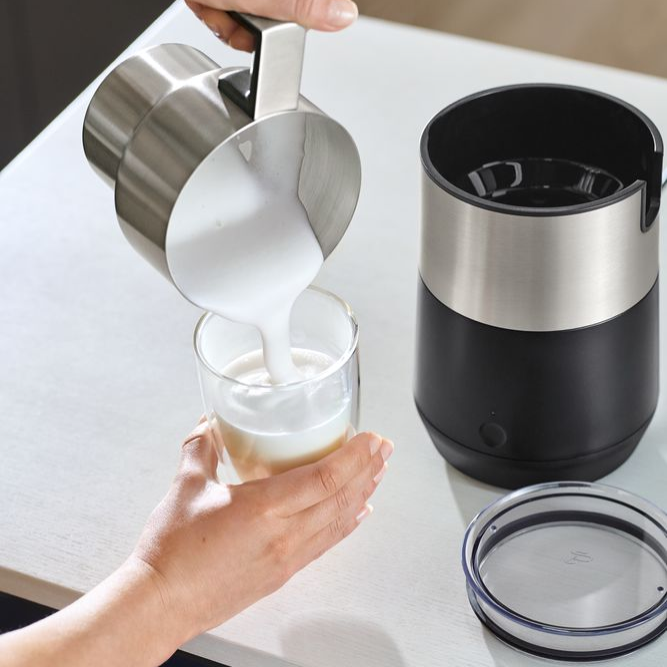
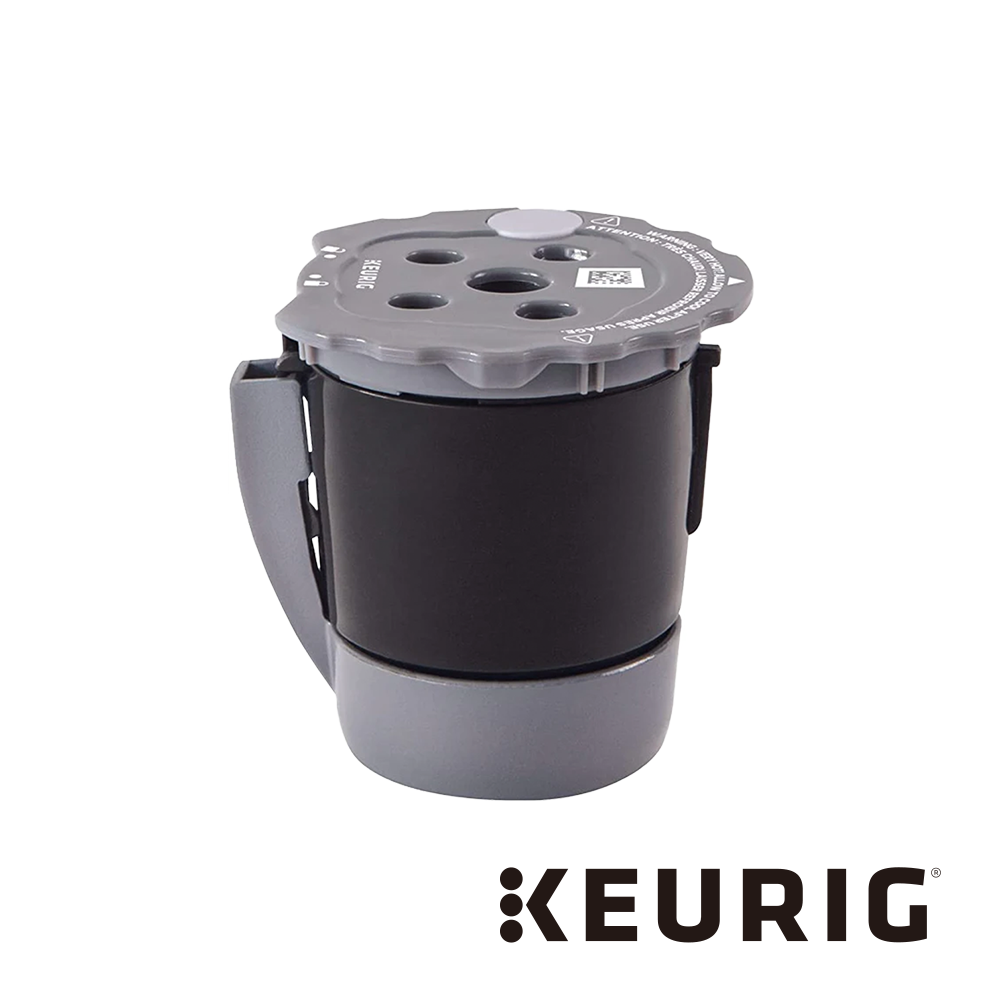

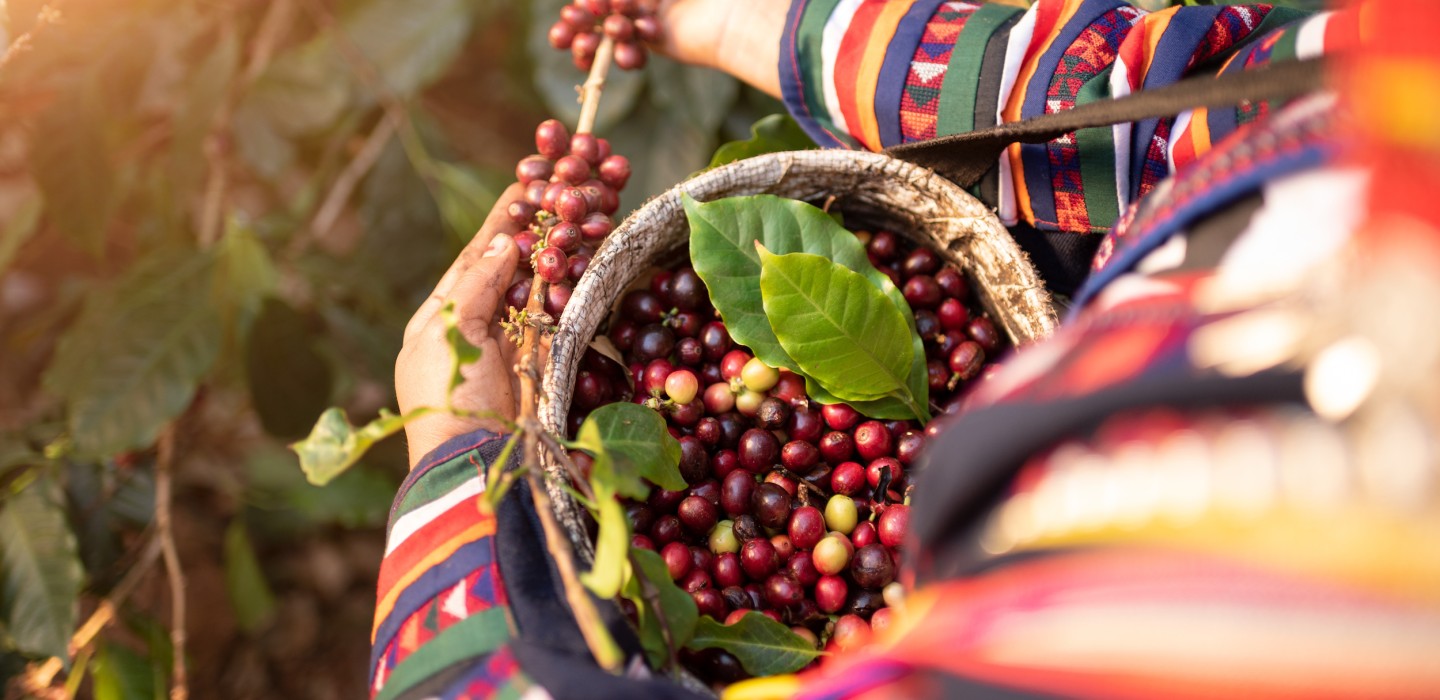
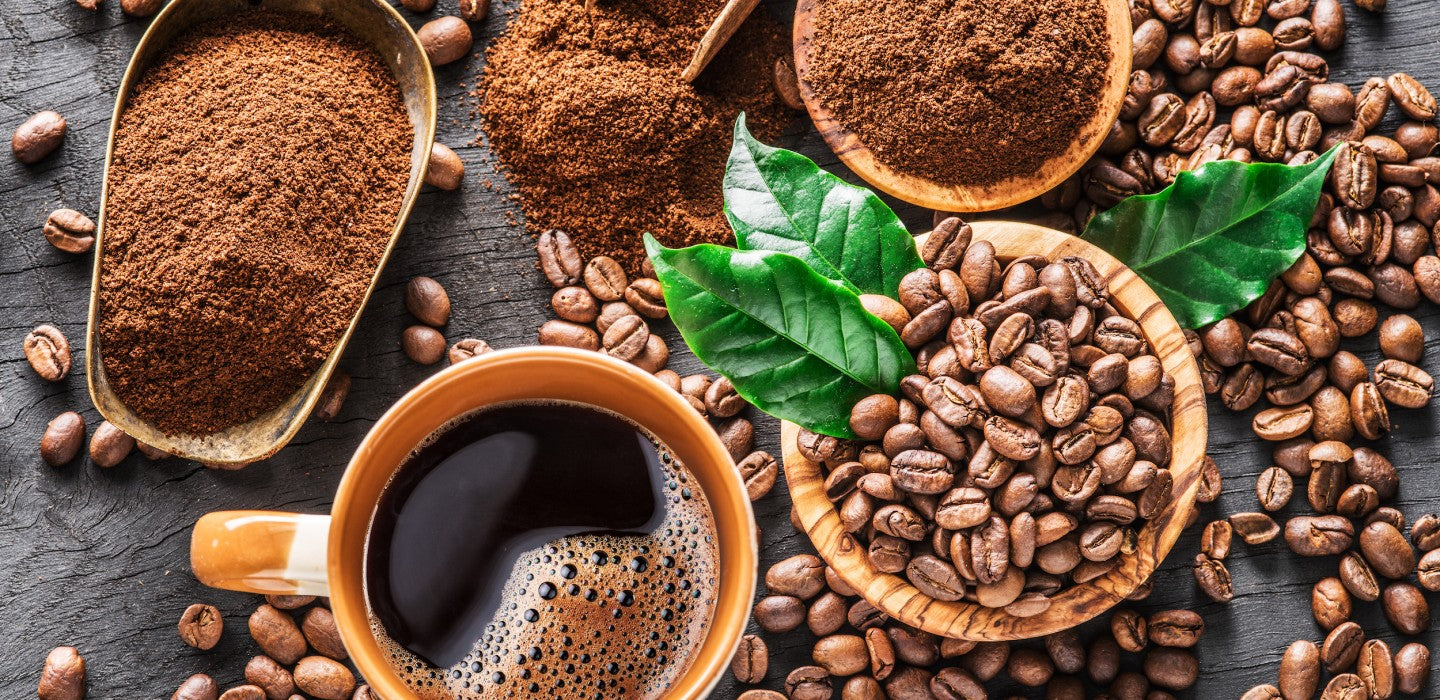
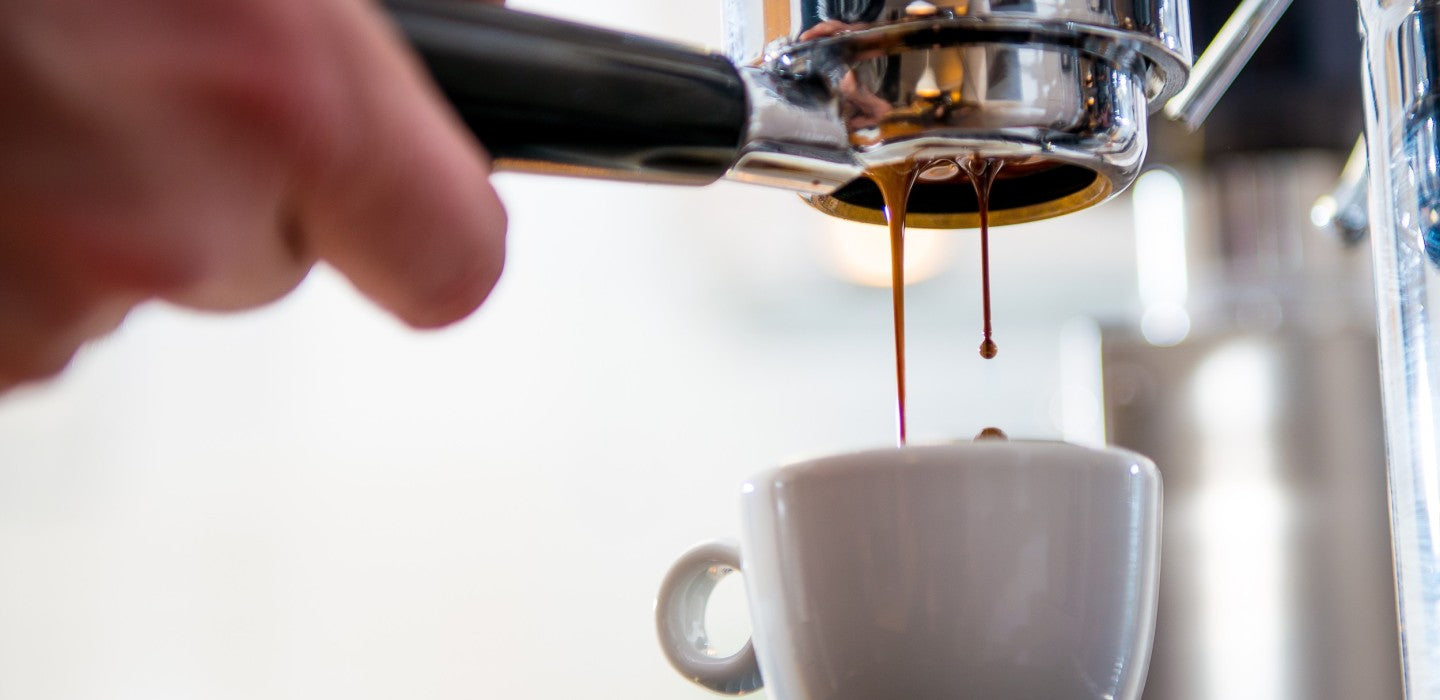
Leave a comment
This site is protected by hCaptcha and the hCaptcha Privacy Policy and Terms of Service apply.